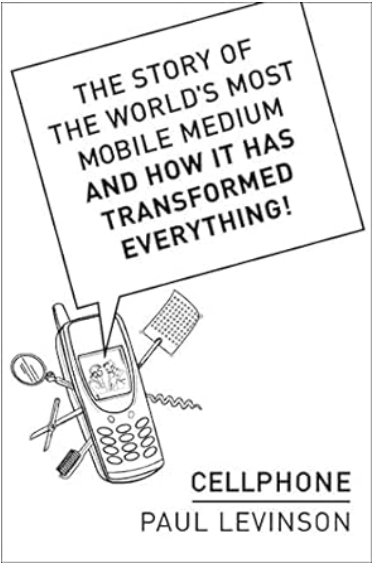This is part 1 of our series on Networks of Resilience. See the rest at this link.
Recent events have highlighted the need for community and connection, and the increased importance of building and maintaining that connection during benign times in order for it to be there during times of distress and strife.
Or, failing to do that, scrambling to get it done as the storm builds on the horizon.
And as that storm is within sight, let’s turn away from the sci-fi bookshelves for a moment and look at the titles that are focused on community and practice and how to engage with each other.
Together (Sennett, 2012)

I both The Craftsman (2008) and this as part of the work I did researching makerspaces for the PhD, and Sennett’s sociological work left an impact on how we view cooperation. This is in both the overt theme of the book, about how cooperation – goal-directed, meaningful cooperation – is a skill that can be nurtured and grown, but also from the sense that cooperation is not just an intellectual exercise, nor a discursive one, but one that can arise from physical presence, proximity, and labour, and it is through these shared actions that we build community together.
Lifehouse (Greenfield, 2024)
During the course of 2022 and 2023, the author would post elements of his work that would come to be collected in this volume, and this is one that is clearly directed towards the challenges at hand. The focus here is on learning from community practices and efforts from the 20th century, and seeing how systems of mutual aid and care were able to sustain small local groups during times of turmoil and external threat.

The World Beyond Your Head (Crawford, 2015)

Much like the Sennett book above, I used one of Crawford’s earlier works, Shop Craft as Soulcraft (2010) in my academic career, and I found much overlap – and confirmation – with Sennett as well. Here we have something different – about how to engage with focus and mindfulness on the tasks we have to deal with. Despite the focus on the individual, it teams well with the other works here, as the frame of self-mastery (which can often flip into solipsism or the failings of accelerationism) here describes someone who can engage with others with confidence and conviction.
The Philosophy of Social Ecology (Bookchin, 2022)
I picked this up after hearing about it on an episode of the Philosophize This! Podcast (recommended, by the way) and I found it interesting. Bookchin centers humanity within the world – we are not apart from it – and in order to live with it and each other we need to approach the problems that we face from a communal perspective. Again – the key here, the thing that sets it with the other books, is our need to work together.

In order to build a resilient network, more is required than just books, however. There are some practical tools that can assist in developing local resilience that enhances the community, that helps build and maintain the structure. We’ll look at a few simple steps over the next few posts, and continue building our network into the future.



